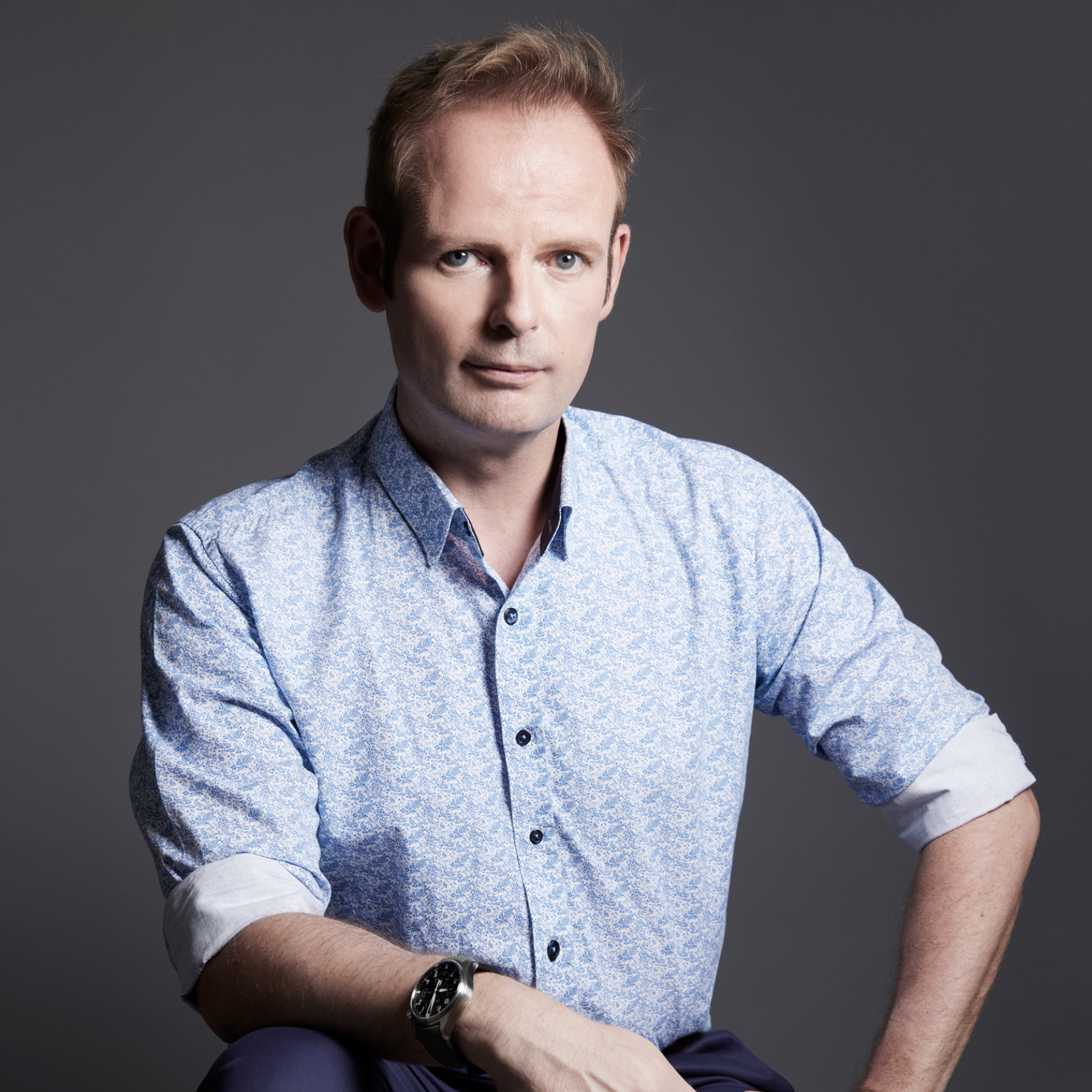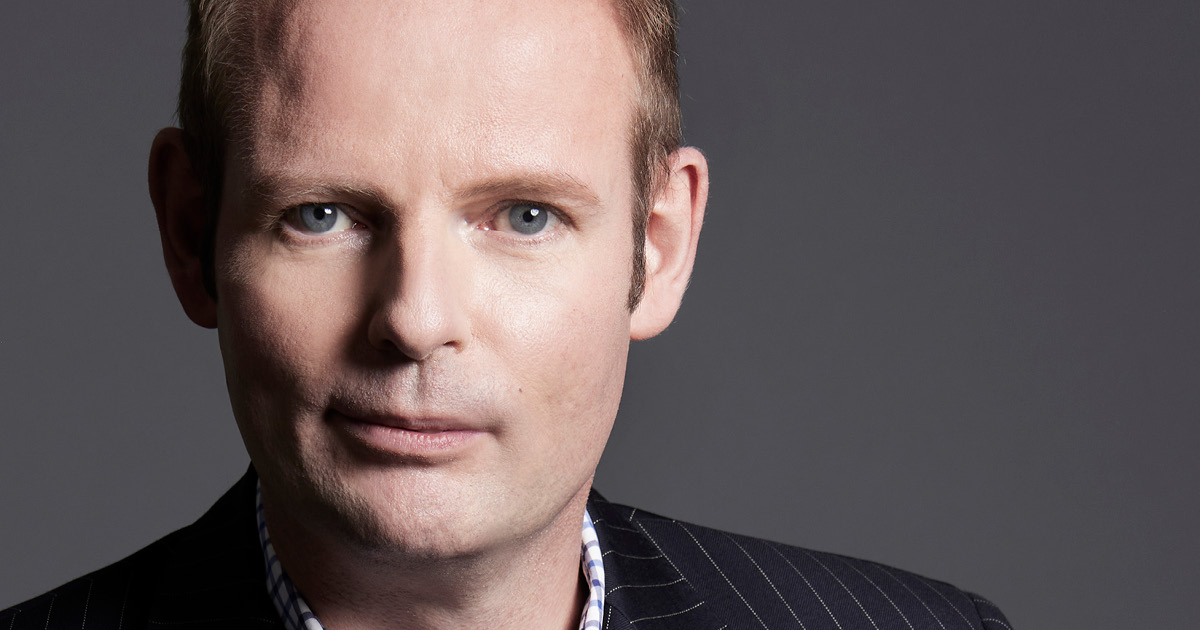The advent of mass-market internet access in the late 1990s shattered unified clientele into atoms. Suddenly, big business had to splinter its marketing appeals to a thousand specific tastes. As time marched on, one term emerged that seemed to be the answer: omnichannel.
Herriot Stobo, today HP’s Global Director of Innovation and Product Management, joined computer company Compaq in the wake of Y2K.
“It was very much B2B ecommerce, replenishing orders based on purchase order terms,” he tells The CEO Magazine.

“If we fail, we fail fast. If we win, we’ll double down.”
When Compaq was acquired by IT giant HP in 2002, Stobo was tasked with integrating Compaq’s large global accounts into the new parent company. He knew it wouldn’t be a simple case of lift and shift.
“People who were spending hundreds of millions of dollars per year warranted some bespoke integrations,” he says. “My first project, Shell, lasted over a year. It’s still HP’s largest bespoke B2B solution today, all these years later.”
Driving business
Renowned as an innovator, Stobo brought his custom approach to HP’s Asian divisions, ultimately using it to create an unassisted go-to-market model that drove HP’s e-business penetration rate.
“That was our primary focus. But within a year, I was asked to take on a migration project for our online store business, which in those days, wasn’t a big priority,” he recalls.

Advertisement
What Stobo and his team created from the ground up was a new ecommerce solution focused on online sales for small businesses. It was here that talk of omnichannel began to grow louder.
“It was the buzzword of the time, but it became clear we had to be looking at the customer experience beyond our own go-to-market,” he says.
“We’re partnered with Ferrari, and we draw a lot of analogies to how Ferrari has a single purpose. Whether one group wins or another group loses, it’s pretty clear if you win or lose on the day.”
Under Stobo’s leadership, HP is working to instill the same kind of message across its various category teams.
“It doesn’t really matter if one go-to-market wins because it may come at the expense of another if you’re cannibalizing sales with online, for instance,” he points out. “We need to be thinking more holistically as one HP.”
Customer-first approach
HP’s approach to omnichannel has a laser focus on experience.
“We used to say it’s not B2C, it’s C2B: the customer to the business,” Stobo explains. “We’ve got to put them at the heart. It’s very easy to say, but what is it really?”
For a year, Stobo traveled across Asia trying click-and-collect, home deliveries and other initiatives aimed at improving the customer experience. His work caught the attention of HP’s worldwide team.
“We now focus a lot on standardization of the customer experience,” he says. “It’s become quite a big vehicle for us to drive a shift in behavior, to let customers define what we do rather than us believing we always have the right approach.”
So committed was Stobo to this idea that he introduced the concept of HIPPOS (the highest-paid person’s opinion and how it’s often wrong) to HP’s CEO.
“I thought that was quite brave,” he admits with a laugh.

“It’s become quite a big vehicle for us to drive a shift in behavior, to let customers define what we do. ”
Globally, HP began full end-to-end program management to optimize the customer experience, something that over time has evolved more into personalization.
“It’s closely linked with experimentation because ultimately, you need to be proving things through data,” Stobo says.
“We’ve doubled down on how we can leverage everything we know about the consumer to tailor their experience and make it as relevant as possible. If I know your printer is running out of black ink, I should be talking to you about black ink and a lot of that telemetry data is available to us.”
This data lake makes it possible for HP to create the most relevant experience for its customers.
“And now it’s really about getting more and more value out of what we’ve put in place,” he adds.
Impact of innovation
It’s an approach steeped in innovation. Stobo says his innovation team may be small, but it’s possibly the most important in the business.
“I believe innovation affords us the opportunity to define the future,” he reflects. “We’re going to spin the wheel, learn fast, fail fast and move on. If we win, we’ll double down.”
During COVID-19, when person-to-person interactions in brick-and-mortar stores were off the table, the innovation group came into its own with concepts like one-way video sales.
“We built a mock store in Europe. It was full of demo units where you’d connect to an agent who can’t see you, but you can see them and more importantly, how they’re demoing the product,” he says.
“It transcended the boundary of online and offline commerce.”

“Innovation is an opportunity to define the future.”
As leader of this exciting new push, Stobo says his role is perfectly suited to his passions.
“I bring an energy to the table. I’m always going to entertain every single idea because sometimes it’s the very small things that can drive really large outcomes,” he notes.
“I like to prove people wrong and break rules, but I need to do that with the data to support me. You have to prove things and justify investments rather than just doing it because the highest-paid person believes it’s the right thing to do.”
What results in customer delight translates internally to a culture that celebrates success and failure in equal measure.
“We want everyone to come on the journey and learn through both,” he says. “It really is quite a nice result.”




